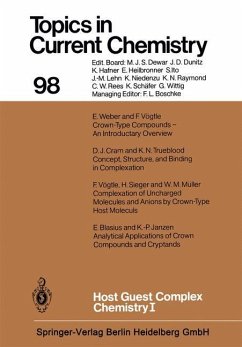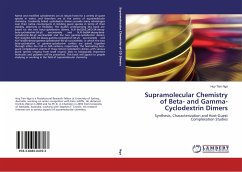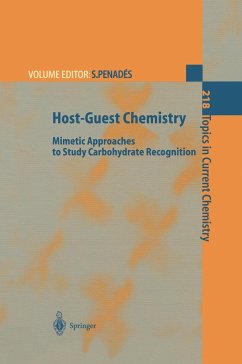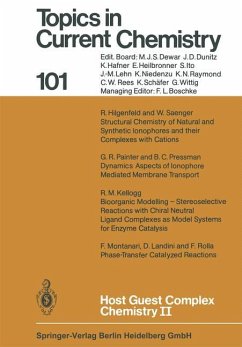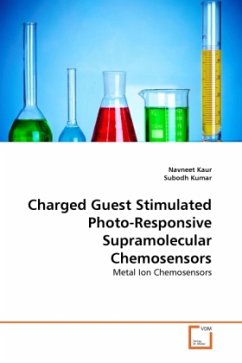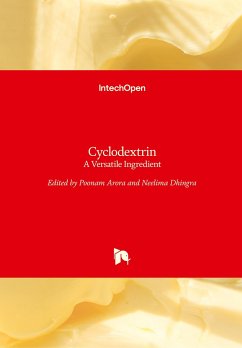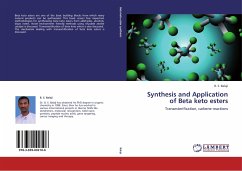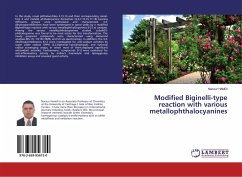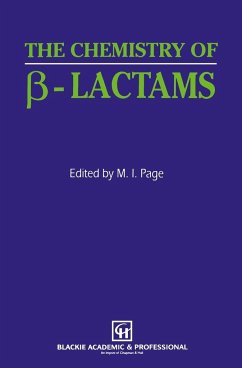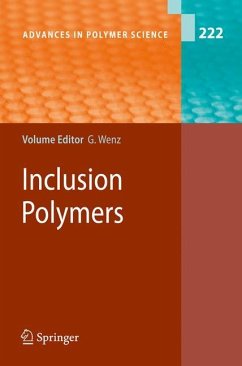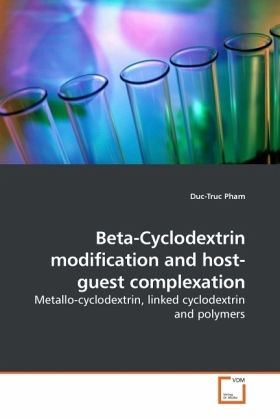
Beta-Cyclodextrin modification and host-guest complexation
Metallo-cyclodextrin, linked cyclodextrin and polymers
Versandkostenfrei!
Versandfertig in 6-10 Tagen
52,99 €
inkl. MwSt.

PAYBACK Punkte
26 °P sammeln!
Most of the current interest in cyclodextrins (CD) arises from their ability to partially or fully include a wide range of guest species within their annuli to form host-guest complexes. Through modification, addition of new functionality to the cyclodextrin structure allows for the possibility of specific host-guest interactions. The first and second sections section are the preparation and characterization of a series of five linked beta-CD dimers. Their inclusion behavior with two organic dyes has been studied qualitatively by 2D 1H ROESY NMR and molecular modeling. The complexation has bee...
Most of the current interest in cyclodextrins (CD) arises from their ability to partially or fully include a wide range of guest species within their annuli to form host-guest complexes. Through modification, addition of new functionality to the cyclodextrin structure allows for the possibility of specific host-guest interactions. The first and second sections section are the preparation and characterization of a series of five linked beta-CD dimers. Their inclusion behavior with two organic dyes has been studied qualitatively by 2D 1H ROESY NMR and molecular modeling. The complexation has been quantitative studied by UV-vis, fluorescence and 1H NMR titrations. The third chapter is the preparation and characterization of a series of polycarboxymethyl-beta-cyclodextrins. The formation and enatioselective complexation of these modified beta-cyclodextrin and their metallo complexes with amino acids was studied by potentiometric titrations and 1H NMR. The third section is the preparation and characterization of a series of modified poly(acrylic acid) bearing beta-cyclodextrin and bearing hydrophobically component adamantyl with different length of side chains.



